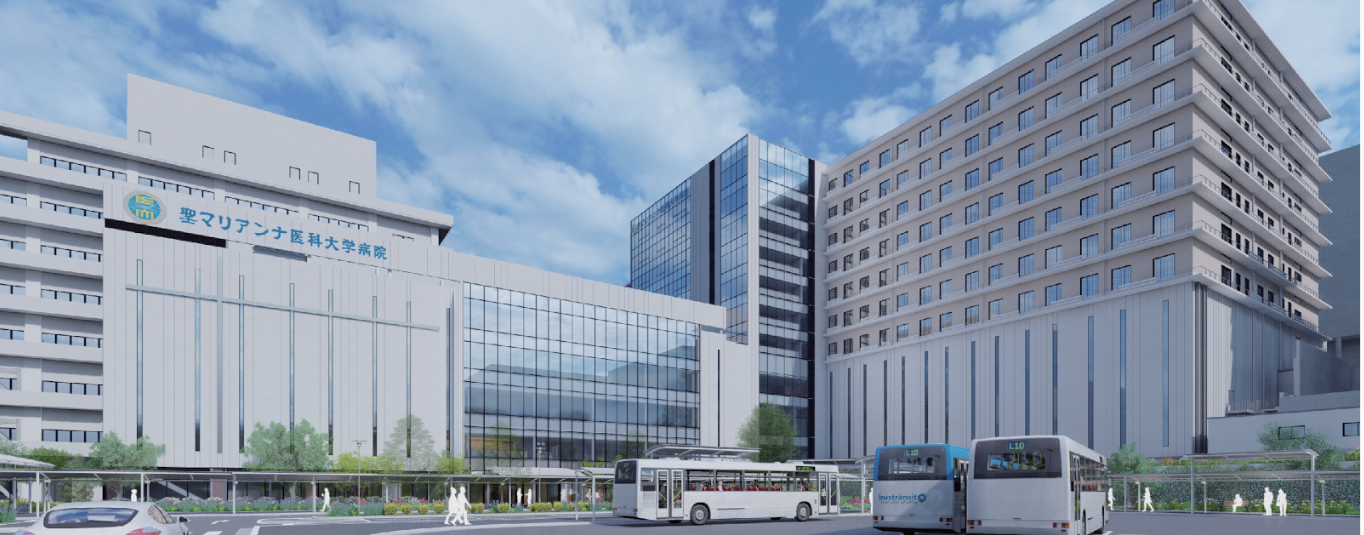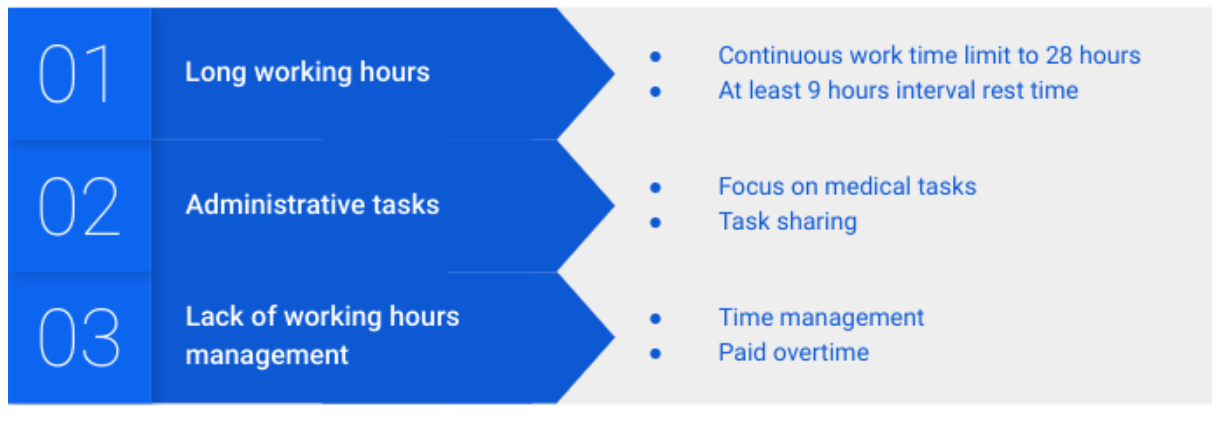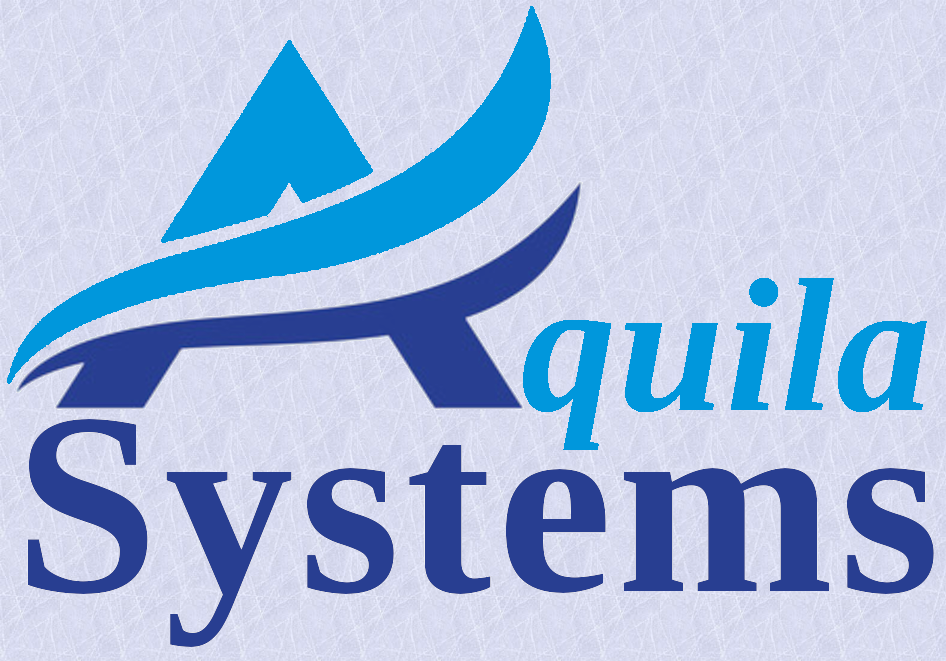
St. Marianna University School of Medicine
投稿日
According to a 2019 survey by the Ministry of Health, Labor and Welfare (MHLW), the average working hours per week of doctors in Japan was over 50 hours. From a survey by Japan Institute for Labor and Policy, we’ve learned that, overall, 40% of the doctors rarely take paid vacation. More than 50% of emergency department doctors are taking 3 or fewer days per year of paid vacation.
In general, doctors work longer hours than any other profession. In Japan, 41.8% of doctors work more than 60 hours per week. The reason why working hours are longer than other industries is that doctors have a wider range of duties and a special work system.
When it comes to doctors at hospitals with critical care departments, almost 50% work more than 60 hours per week. For busy emergency centres, which accept more than 1000 ambulatory patients per year, 30% of doctors work more than 60 hours per week. There are several reasons for the long working hours of doctors.
One is the shortage of doctors and qualified medical staff. Another is the high number of beds per doctor.
Within this context, there are many administrative tasks that a doctor performs in addition to regular patient examinations. One of them is, of course, creating a shift schedule for the department. In the case of a large department with several teams, multiple types of shifts, and availability constraints, this task can be daunting, time consuming, and error prone.
In the light of these conditions, MHLW has put in place a framework in order to improve the working style of medical staff. The changes will cover three main areas of interest: working hours, administrative tasks, and management of time.

As per MHLW’s new rules in regard to the limits on overtime hours for doctors, there are three categories, as detailed in the table below.

Challenge
At the St. Marianna University School of Medicine Emergency Medicine Department, a specific team consisting of two doctors and a medical coordinator manages approximately 50 medical staff over a seven-day period. Gathering doctors’ work preferences and creating shifts was previously done mostly manually using Excel, which placed a heavy burden on the person in charge and was prone to human error.
Solution
YoteiPLUS+ solution for doctors’ scheduling was used to reduce the administrative overhead of staff assignment. YoteiPLUS+ is a cloud-based, flexible system with an AI engine that can be adapted to each hospital’s needs.
Since the system does not require hospital data, and because it is web-based and passwordless, regular users do not need to install an app. From the initial setup until full usage, it takes only a couple of hours, which makes it very fast to implement.
The system can be set to comply with the new MHLW rules of working time for each of the overtime limit levels (A, B or C).
Due to the system’s ability to assign and track shifts for work inside and outside of the hospital’s premises, it can make sure that tasks are assigned in a fair manner, according to each and every medical staff member’s skills.
Once all of the hospital’s requirements are set, YoteiPLUS+ has a very simple workflow consisting of four steps:
- Send a shift preference request email to all doctors
- Each doctor fills in their availability and preferences
- Our AI engine recommends the best shift combination
- Send the finalised schedule to each doctor
Results
- User’s perspective
High satisfaction levels due to significant reduction in administrative work and elimination of individual dependency.
There is no need to install any apps, and the interface is simple and easy to use. Submitting your work request can be completed in a few minutes by simply clicking on the link in the email you received from YoteiPLUS+ and clicking on the calendar.
- Administrator’s perspective
From collecting preferences to assigning shifts, you can use a consistent system. You can easily check past preferences and the history of each employee’s number of hours worked (whether there is any imbalance or inequity not only within one month but throughout the year). Because the number of doctors assigned to shifts at our facility differs depending on the time of day, and the doctors are divided into multiple levels such as Interns, Fellows, Specialists, and Residents, complex conditioning is required. Although existing shift creation software could not handle this, YoteiPLUS+ has been repeatedly improved to meet our needs, and 80% of our requests were automated. After the introduction, schedule creation time was reduced to three days, less than half of the previous time, and we achieved a very high satisfaction rate of 90% with the schedule assignment results, even without relying on a specific person in charge.
- Closing word from Administrators
Until now, shift creation was supported by the efforts of individual staff members, but by introducing YoteiPLUS, various elements are verbalised and systemized, making it possible to ensure a certain level of quality regardless of the staff member. Thanks to YoteiPLUS, it is possible to better answer users’ preferences.
Conclusion
The year 2024 reform of the way of working for doctors and medical staff is going to have a lasting impact, not only on the work-life balance of the medical staff, but also on the quality of medical service provided to patients.
It is important to acknowledge that repetitive and tedious administrative work, which is carried out by medical staff outside of their strictly medical scope of work, is time-consuming and can lead to inefficiencies. Using a combination of automation, AI/machine learning, and human-in-the-loop decision-making tools, we can drastically reduce the time allocated to administrative tasks and, implicitly, the dependency on a single individual.
About St. Marianna University Hospital
St. Marianna University Hospital opened on February 12, 1974 in Sugo, and has continued to serve as a core hospital for the region.
Emergency medical care is divided into primary emergency, secondary emergency, and tertiary emergency depending on severity and urgency. Primary emergency is for mild cases, secondary emergency is for moderate to severe cases, and tertiary emergency is for serious and life-threatening conditions. The St. Marianna University School of Medicine Critical Care Center handles primary and secondary emergencies, and as a critical care center, it also handles tertiary emergencies in the northern Kawasaki medical area.
It is supervised by specialists and instructors in emergency medicine and intensive care. We provide medical care in cooperation with each department within the hospital, including a full-time orthopaedic surgeon.
| Number of outpatients per year | 580,000 |
|---|---|
| Annual number of hospitalised patients | 290,000 |
| Number of beds | 955 |
| Patients arriving by ambulance | 9,200 |
| Number of staff doctors | 2,559 |
